
What’s in breast milk? A Q&A with Dr Natalie Shenker
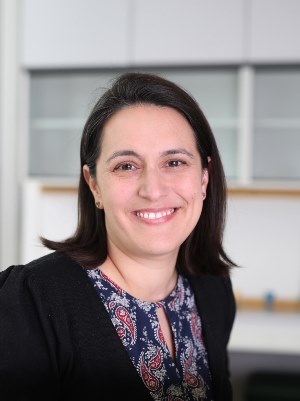 For this week’s chat, we were thrilled to have Dr Natalie Shenker, co-founder of Hearts Milk Bank with us to answer our questions about the composition of breast milk.
For this week’s chat, we were thrilled to have Dr Natalie Shenker, co-founder of Hearts Milk Bank with us to answer our questions about the composition of breast milk.
Natalie: Good evening everyone, I’m delighted to be here! Please forgive any slight slurring going on when it comes to my typing – got back from the milk bank 20 minutes ago after a slightly full-on day!
I’m a breast cancer researcher at Imperial College, and have recently established the first social enterprise human milk bank – we find out in a couple of months if funding has been secured to kick off a programme of research into human milk components and impact on maternal health.
Fingers crossed, we can start answering some of your questions for real, but we will need all of your help!
Click below to jump to the topic that interests you:
Natalie’s Research
Q: We’re really excited to have you here Natalie! We’re considering running an experiment on what’s in breast milk for older children.
Natalie: Oh, this makes me smile. I am writing a grant right now (well not quite this minute!) on this exact thing. We are particularly interested in this from a milk banking perspective. If we have the infrastructure and the logistics to recruit more donors, we can provide milk to doctors who want to use it for clinical trials and potentially answer the question of how milk changes over the course of 2-4 years of lactation, other than the first 6 months.
I knew nothing about any of this before my first daughter was born. After I read it all up and started my own research in the field, I used to joke that up to 6 months of breastfeeding was for them, and every month beyond that was for me. It’s a crap joke though, because the benefits are there for both mum and baby for as long as BF continues (in the main) – it stopped anyone who said ‘Oh, you’re not still doing THAT are you?’ 😉
Q: If you could use our group to help your research, what would we do?
Natalie:
1) Sign up as participants when the study starts;
2) Tell everyone you know to sign up as participants;
3) Potentially (and I’m thinking on the hoof here), store milk in your freezer for varying lengths of time so we can compare against a baseline of freshly expressed milk;
4) Suggest alternative funding sources if the grant doesn’t come off!
5) We would love to do some sort of ‘stunt’ at the start of the BECS study – this is the 15,000- participant study that is going to be looking at breast cancer risk markers in milk. The resulting biobank will provide samples for scores of other studies, and this could easily be one of them. So, we will need help there.
PSG C: I can do 3) – store milk in your freezer. I have some from last spring.
Natalie: Excellent, but we would need to do this prospectively (so we know what the baseline was…).
PSG C: Oh well. In the bath it goes……
Natalie: That was my next suggestion!
Q: Are there any particular areas of breastfeeding research for older children that aren’t in the pipeline as far as you know, but which you wish were being done?
Natalie: Great question. Without meaning to sound flippant, think of a research question, and I can almost guarantee it isn’t being done. One of the problems of research in this area is that not enough women breastfeed long-term to make it logistically possible to do any large-scale research. This is one reason I was so excited about this group – it could be a start of forming something that hasn’t been done anywhere in the world – a long-term breastfeeding evidence club. And what better place than in the UK, which has the lowest long-term breastfeeding rates?
Think of a research question (on breastfeeding older children), and I can almost guarantee it isn’t being done.
PSG F: We will volunteer our babies 🙂
Natalie: Yes, your groups are really helpful. The thing is, if only 0.5% women are breastfeeding at 1 yr, that is only 3,500 in the UK each year.
PSG G: Wow! So that means nearly all of them must be in BOBAB!
Natalie: Or there are a lot of secret breastfeeders who don’t admit to doing so in a study but don’t mind being on a facebook group ?.
PSG G: Maybe:-) Where does the 0.5% figure come from? My health visitor hasn’t asked me about milk since he was a few months old, I guess they just assume everyone has stopped bf by then.
PSG F: At the 12 month Health Visitor review there’s a line in the red book that says “date of last breastfeed.” I thought that was terrible. Ooooh – another thing we can maybe change if we ask!
Natalie: Another problem has been that breastfeeding mothers are spread over a big area. But we have plans to send out postal kits for women to express milk into, and send back to our lab at the Hearts Milk Bank. We will track and process the samples, and send the cells to Imperial labs where the other half of the team will be based.
Composition of Breast Milk
Q: Which constituents of breast milk are you most interested in and why?
Natalie: Great question. I am most interested at the moment in the epithelial cells that get sloughed off into milk. These are the cells that differentiate during pregnancy into lactocytes, and also the cell type that goes on to mutate and cause breast cancers in 95% of cases. Milk therefore provides a ‘liquid biopsy’ of the whole breast in generally healthy young women, years before they might develop a cancer.
PSG I: Do these cells have any benefit to babies?
Natalie: It would be hard to say no, as there are many millions of them in each feed. Nature has a tendency not to waste energy, and producing way too many cells than are needed to line ducts and make milk seems a bit of a waste if millions are going to be dumped into the baby’s stomach. But other cells accompany them that have more obvious functions – immune cells such as T cells, B cells and macrophages for example, or mammary stem cells, which have been found in baby kidney and brain samples.
But as for the common old breast epithelial cell, at the moment we haven’t got a clue why it might be found in such high numbers, other than the breast is remodelling rapidly to achieve its new important function, and may just be shedding the overproduction of breast epithelial cells. Great question though, I will think more about it.
PSG I: Does the shedding of epithelial cells decline over time?
Natalie: Yes, it does but we haven’t looked at this formally. Most cells are in milk 3 months after birth. But in the first few days, the immune cell numbers are huge compared to later on.
Q: What’s your hypothesis on breast milk for older babies? How do you think it will differ, if at all?
Natalie: Just briefly, I think it will get more concentrated as toddlers feed less often, and it makes sense to me that the immune components will increase as the toddler is exploring the world and meeting new bugs. One tip I was given is when the baby returns from childcare, you should kiss their fingers to ‘sense’ what they have experienced, so the milk will produce antibodies for the next day’s feed to protect them against childcare bugs.
PSG J: I wonder if in the past we would have licked our children to clean them. So interesting.
PSG K: I will happily lick my son’s face, but no way am I licking his fingers!
Q: Is it true that breast milk has more sleep inducing chemicals in it at night than day time?
Natalie: I haven’t got the evidence to hand, but apparently melatonin levels go up in the evening in milk. Random fact – a study we saw presented in a poster today showed that melatonin levels in mothers of NICU babies were rock bottom, while those in donor milk were really high. Conclusion: having a baby in the NICU is really stressful and suppresses melatonin. So the next question clearly is – do NICU babies fed donor milk sleep more…..?
PSG L: Oh wow – that’s really interesting. I wonder if it’s the same right through our feeding journeys – that when we are stressed our milk changes and nurselings sleep less?
Natalie: Interestingly, my pumping supply plummeted when I was writing up my PhD….
Q: How does breast milk adapt based on the baby’s needs and what research is out there?
Natalie: You might find my article published a couple of weeks ago of interest: The Mysteries of Milk (from The Biologist)
PSG M: That article is amazing! Well done! This has made me smile throughout. How amazing are we. I have a good mind to send this to our nutritionist. Thanks so much!
Natalie: Excellent work! Also, have a look at the GP Infant Feeding Network website, which was designed with GPs in mind, but has a lot of useful information about all of this. Sum total of knowledge from my PhD and the last 2 years: boobs really are very clever.
Sum total of knowledge from my PhD and the last 2 years: boobs really are very clever.
Q: Is it correct that the composition of BM changes in response to the baby’s saliva on the nipple?
Natalie: Possibly – it is a theory at the moment, but an ultrasound study from Australia showed infant saliva being sucked back into the nipple as a result of the vacuum created by the latch…
Q: Do we pass cortisol through our milk?
Natalie: Yes, absolutely! Newborns do not have a diurnal cortisol rhythm (hence no sleep at all!). One theory is that they develop it through the rhythms of the maternal cortisol.
Q: If the composition of milk changes in response to the baby’s needs, how does the milk from exclusively pumping mums change?
Natalie: Good question – the milk will presumably still be responding to the baby’s needs, but if stored for a while, may not match up to their current needs. Basically, it’s best if milk is pumped and given straight away.
Q: What do we know about tandem feeding?
Natalie: Excellent questions – tandem feeding is one of the areas I want to explore. Anecdotally there are some fascinating observations from the older children. If mums feed the baby from just one side, only that side appears to make colostrum (more orange coloured milk when they express). Older kids say that the milk changes flavour when the new baby arrives – like chocolate or strawberries. I don’t know of any formal research in the area but it would be fundamental to find out whether this is indeed true.
Certainly breast cancer risk is affected if one breast is not used for lactation while the other one is – the Tanka women of Hong Kong are worth looking up. It’s fascinating – they are fishing people and their clothes are arranged so that one side cannot be undone easily. The women end up getting cancer in the non-used side, suggesting there is a local effect of lactation (as well as potentially a systemic effect).
Q: My toddler has gunky eyes so I defrosted prenatally-expressed colostrum for her this morning and have wiped her eyes with it several times today. I’m hoping her eyes aren’t glued shut again tomorrow!
PSG E: I have never understood the breast milk for conjunctivitis. If the conjunctivitis is bacterial then, as breast milk is so sugary, all you’re doing is providing more food for bacteria. If it’s viral conjunctivitis, it’s surely just the same thing as cleaning away the infection with water. There is no evidence for this and milk baths aside from anecdotes (I mean breast milk is amazing but it’s not snake oil is it?).
Natalie: It would be interesting to hear the outcome of that. Antibodies are relatively stable when frozen (provided freezer temps are relatively stable too), so it may help. The immune cells will be dead though – they don’t like being frozen. There are plenty of other anti-bacterial and anti-viral elements other than antibodies and cells – have a look at the infographic we put together for the Breastfeeding Advert.
PSG D: Yeah, I have actually had second thoughts about this. I posted on a breastfeeding group ages ago asking what to do with the colostrum – it was never needed. People said to donate it or save it for eye infections. I offered it for donation but no one has wanted it. Then gunky eye this morning, so I thought “aha, colostrum!”
Either she’ll have gunky eyes in the morning, so I’ll know it didn’t help, or she won’t, and I’ll have no idea whether it worked or not ?.
Q: How fantastic this all is! I wish there was a way of doing a programme on all the interesting findings from breastfeeding research. People are so interested in health and this really is fascinating!
Natalie: Email Alex and Chris van Tulleken – I was at university with them and it was about time they made this programme! I would just love to get them discussing boobs. Will have a chat with them…
Q: What’s the biggest population study done on the calorific composition of breast milk? It’s touted that breast milk has more calories per 100ml than formula.
Natalie: Interesting! As far as I’m aware there are no large studies (at least recent ones) on calorie values, but it is not exactly the area I’m best informed on. Most composition studies these days use mass spectrometry or other forms of this technology to look at specific components.
PSG T: Is this related to what you mean? Isotopic Evaluation Of Breast Milk Intake, Energy Metabolism, Growth And Body Composition Of Exclusively Breast Fed Infants In Pakistan.
PSG S: Ohhh that’s interesting thanks. Just going to look up formula now
Q: When companies are making their “follow-on” formula, what do they base the composition on? Or is it pretty much the same stuff…
Natalie: Almost entirely the same – worth looking up Helen Crawley’s excellent work at First Steps Nutrition on the composition of follow-on milk from the different companies
http://www.firststepsnutrition.org/pdfs/Infant_milk_composition_February2016.pdf
PSG V: I read something the other day on a First Steps Nutrition booklet that actually recommended against using follow on. Ah, here it is! The NHS page on “What to feed young children” directs you to this for advice on portion sizes. On page 30 it says, “Follow-on milks or fortified toddler milks are not recommended for use as these are frequently sweetened and may have the wrong balance of nutrients.”
Our Experiment
Q: We’re just starting to design our own experiment about the composition of breast milk for children over 2.
PSG X: It would probably would need to be a long-term study, wouldn’t it? As it would be better to compare from 3-6 months, then 6-12 months, then 12-24 months….
PSG W: Unfortunately, our experiment needs to be finished by January 2018, so a long-term study wouldn’t be possible.
PSG X: I understand that. But don’t we need a baseline (or background) to compare the results to, unless there are sufficient participants to power the study?
PSG W: But if the question is, ‘What is in breast milk produced for a 3 year old?’, and not, ‘How does the composition of breast milk for a 3 year old differ from breast milk for a 1 year old ?’, then why do we need the baseline?
PSH X: Ah. I see. But surely it would be more significant to say that the breast milk of a 3 year old contains more or less of some things than others?
PSG W: Yes, I totally agree that to follow mums over time and see exactly how it changes would be amazing. But given that there is no research on the topic at all at the moment, and people get told by their doctors to stop bf ‘because there’s no nutritional benefit to it anymore’, I feel that the limited experiment we could do with our finite resources would be better than nothing!
PSH X: That makes a lot of sense! But does anyone have any lab funding?
PSG W: We have some money for lab tests. But not very much. If we want to do anything that costs more, then it will need to be as a collaboration with a lab.
Natalie: You are right that a longitudinal study that followed up the same women over a long period of time would be the absolute best approach. But logistically very difficult to do, and you would need to start with enormous numbers to account for all the women who would drop out. The best option would be to do a cross sectional study, looking at lots of samples from different women with babies within the same postnatal age groups. It would need to be powered correctly to make sure we were recruiting enough into each groups to show the effect over time. So I will get back to you!
Q: For a short-term study into what’s in breast milk, how many would be an impressive number of participants?
Natalie: It is always a balance between what is impressive and what is pragmatic or fundable. Several thousand would be a good start. We’ve got a statistician on the case to work out exactly what the ball park figure should be, but she’s a bit pregnant so I’m not chasing her!
Q: How much breast milk is generally needed when you’re testing to find out what it’s made up of?
Natalie: Depends on the assay – usually you need a millilitre to do most molecular assays. We got reasonable amount of DNA out of a few ml.
PSG Z: Oh wow! A couple of us were concerned about how we’d be able to test milk because mothers of older babies find it harder to express much.
Natalie: It is a consideration for milk donors, but we don’t need vast amounts for the research 🙂
PSG A: I have no idea if I can still express! It’s been years since I last tried!
PSG B: I can hand express a few drops, but I haven’t tried with the pump in years. I used to be able to shoot across the room in the old days, and I can’t do that now!
Natalie: It can be very difficult, and differs between babies for the same mother or at different times. If life stress is going on as well, that has a major impact (or sometimes a pump set just gets old and less effective).
Involution (process in which breast tissue reverts to non-lactating state) takes a few months so you can express milk after weaning. One fact that might surprise is that once you have lactated, given the right circumstances in the future (ie baby needing to feed), you always could. Grandmothers often re-lactate in developing world countries if the mother dies or is absent…
PSG Z: Some studies have shown a difference in hand expressed and pumped milk. I wonder if we will have to take that into account in our study.
Natalie: Of course, it is one of the confounders of any such study, but getting milk back from babies is tricky. Which papers were you thinking of?
PSG Z: From The Politics of Breastfeeding by Gabrielle Palmer pp 88-89:
“Research midwife, Sandra Lang … suggests (as do others) that hand-expressed milk might have a higher fat content than pumped milk. … There is no well-designed research to discover whether hand-expressed and pumped breast milk is different. … Almost all investigation into breast milk has used pumped milk. A great deal of research-funding and sponsorship of events is financed by pump companies.”
Milk Banking
Q: I donate to a milk bank, and I’d like to know more about what happens to the milk once it arrives at the bank. I know it’s pasteurised, but that’s about it. Is it thawed and the refrozen? Or stored in liquid form?
Natalie: It’s stored at -20C, then defrosted overnight. Milk from the same donor is pooled into a jug (and sieved to remove any stray cat hairs, etc.) and then poured into sterile bottles under laminar flow to remove the chance of contamination. Bottles are then placed into a pasteuriser and heated to 62.5C for 30 min. Microbiology samples are taken before and after to check for any contamination. Then the milk is removed from the water bath, dried and stored at -20C until the results come through
Natalie: Hearts Milk Bank this evening. 🙂
Q: Does breast milk change so drastically after 6 months that it has no value in a milk bank? My nearest bank will only take up to 6 months. It makes me sad as I have much more time now to be able to pump but can’t donate.
Natalie: Milk banks in the UK (and to the best of my knowledge, worldwide), do not recruit new donors when their baby is over 6 months. Also, most will stop accepting milk from donors when their baby reaches 9 months to a year. There is no biological rationale for this, other than the assumption that milk from mums with older babies is not nutritionally adequate.
There is a single paper published by Perrin et al. last year on 16 women showing the concentration of protein, fats, calories, lactoferrin and immune components of their milk increased between 13 months and 24 months of lactation.
We would like to do a cross-sectional study to look at these in much larger numbers and have already started recruiting women breastfeeding older babies and toddlers as donors to the Hearts Milk Bank mainly because we want to extend the use of donor milk into older babies who need gut surgery or cardiac surgery or bone marrow transplants, chemotherapy, inflammatory bowel disorder, etc. The only reason donor milk is not used in these babies is that not enough has been available in the past to feed even all the premature babies in the UK, in which the evidence is very strong for being a life-saving intervention (protection against necrotising enterocolitis, sepsis, etc.)
We are working to get the guidelines changed. But a lot of the problem relates to resourcing of the milk banks – a huge increase in donor numbers simply couldn’t be accommodated.
Q: I see lots of different guidance about breast milk storage. Below is an example of a one I have seen recently which has a longer deadline and more is lenient on refreezing. What information is accurate and what has actually been tested?
Natalie: It hasn’t been tested – rules differ for example between companies, and between companies in different countries. In the UK, manufacturers usually say freeze for 6 months, in the US it is a year. Formal research not been done – another area we would like to explore at the Hearts Milk Bank as freezer storage is integral to the safety and integrity of the donor milk that we provide. I’m sure the companies have done their own in-house research, but I personally haven’t seen anything published. It’s interesting that the guidelines do differ – I will ask Gillian Weaver tomorrow if she knows of anything published in this area.
PSG E: I’m shocked that it’s down to manufacturers and companies rather than research. Surely we’re the manufacturers!? ?
Natalie: Hahaha!
Q: I wasn’t able to donate as the nearest milk bank had too much to process and they said mine would have been wasted…bonkers when you think there’s an overall shortage. What can be done to change this?
Natalie: Lots – we will be asking for help over the next few months as we work towards creating a national milk bank service for England and Wales.
Q: Has anyone looked in to what prevents more mothers donating? From my discussions with other breastfeeding mothers, it’s often just awareness! I was aware of breast milk donation from the start, but wasn’t in a position either logistically or emotionally to donate in the early months. I figured I would do it once I was more established but then discovered I was too late.
Natalie: Yes, there is a fair amount of research into why women donate, but not much published or done on why women don’t. We are seeking grant funding through the University of Hertfordshire (where we are based) to answer exactly that question and also benchmark the barriers to the greater use of donor milk.
Breastfeeding and cancer
Q: Is there an evidence base about breast milk helping kill cancer cells and is it just certain types of cancer?
PSG J: I know this one (sorry for jumping in!). HAMLET is a modified version of human lacto albumin (its conjugated to oleic acid). The protein exists in breast milk but the cancer killing protein is made in a lab.
Natalie: Excellent point – you are right. I spent a couple of days in Sweden with Catharina Svanborg after my PhD. We sent some samples over to her lab to assay for HAMLET, but no data yet. Her group has shown HAMLET to be tumoricidal (kills them) against 44 different cancer cells lines in the lab, and has some limited patient data against cell cancer types that sit on the surface of tubes like bladder cancer and colon cancer. She has struggled to get funding to upscale the production of HAMLET though, if anyone out there has a spare £5 million…?
PSG K: It’s sad that she’s struggling to get funding for something that could be the closest thing to a cure for cancer. I guess there’s less money to be made by big pharma if it’s proven that breast milk could help kill cancer cells ?
PSG J: The current research isn’t on breast milk. It’s on a protein that is found in breast milk but it’s been modified. Many other chemotherapy agents used in clinics come from natural sources (look up paclitaxel). This one’s just not yet gained momentum/attention yet. I work with lots of preclinical therapies and trust me, if something works, pharma companies will be interested!
PSG K: It may have been modified but it’s totally still from breast milk ? Go boobies! I still find it amazing that it’s come from something so simple and easily accessible – it’s magical stuff really!
PSG J: The actual protein from breast milk has no cancer killing properties but yes. Go boobs. ??
PSG K: Shhh… don’t kill my dream ? Can they get the protein from other sources though?
PSG J: No idea ? It would be funny if a pharma company had to pay lactating mums for proteins! I don’t know anything about the structure or how easy it would be to produce in a bioreactor. Or if it could even be produced by another animal.
PSG K: I like that this targets the cancer cells rather than the healthy ones. My mum had chemo for breast cancer and it was heart-breaking seeing how damaging the treatment was. The idea of a more targeted treatment is amazing.
PSG J: Also, it takes up to 10 years for a drug from discovery to market. So if something works it’s because the pharma companies have to test it extensively and there are lots of laws to navigate and hoops to jump through.
PSG K: I need to get me a PhD and go over to Sweden and work on the project! And yes, I get the red tape, but progress is progress and this seems a step in the right direction.
Q: Is there any possibility of a link up with the BRCA PROTECT (a programme to study the molecular events that lead to the development of breast and ovarian cancers) research done at UCL?
Natalie: Yes, I know the lead for this study very well (he is also an epigeneticist), but they are not collecting milk samples as part of the study.
It would be good if they could refer breastfeeding women with a BRCA1 mutation into the BECS study when it gets going, as one of the key research questions of the study is the effect of lactation on the breast epithelial cells in these women. Breastfeeding appears to be profoundly protective against breast cancer in BRCA1 carriers
PSG M: I participated in it and I remember questions on breastfeeding duration.
Q: Breastfeeding and breast cancer risk: is there a link with ovulation?
Natalie: The link between ovulation suppression and cancer risk seems to have been largely debunked but there is no alternative mechanism (yet). We’re working on it!
Want to know more?
Natalie’s fascinating article about breast milk in The Biologist:
What are our Parenting Science Gangs up to?
Follow our two breastfeeding groups over the next few months to see how their experiments develop.
Looking for more information about breastfeeding?
Check out our Q&A session with Heather Trickey, breastfeeding counsellor and Research Manager for the NCT, asking what we can do to increase breastfeeding rates:
In the next few weeks, we’ll be talking to Dr Karleen Gribble about the challenges of milk banking and Dr Ruth Stirton about breastfeeding policy.
Like our Parenting Science Gang Facebook page to find out when the transcripts are available!
Want to join?
If you’re already a member of the online group Breastfeeding Older Babies and Beyond, you can join here.
If you’re already a member of the online group UK Breastfeeding and Parenting Support, you can join here.
Want to take part as one of the 2018 Parenting Science Gangs? Register your interest here.
Leave a Reply to Autumn Cancel comment reply
You must be logged in to post a comment.
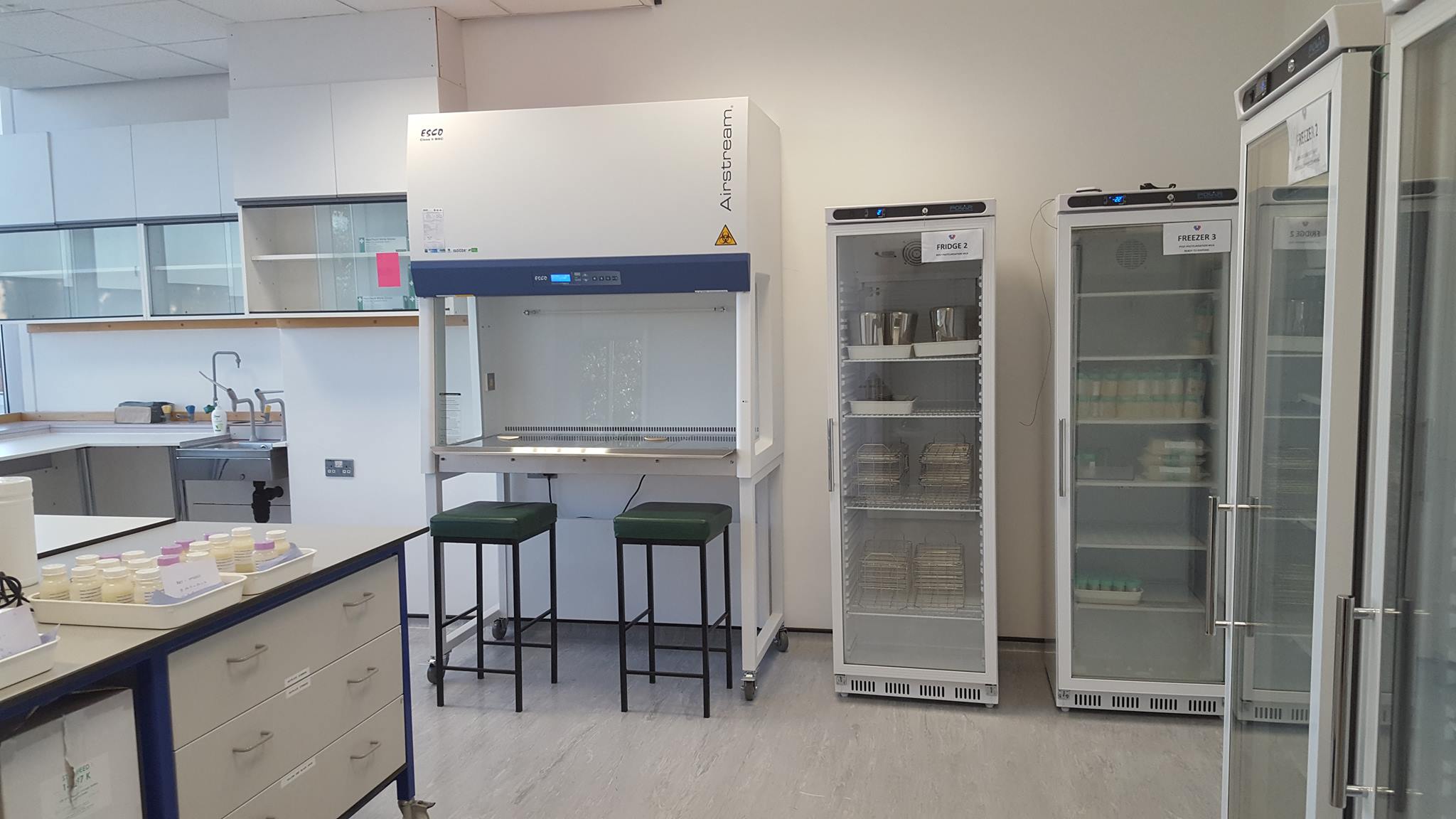
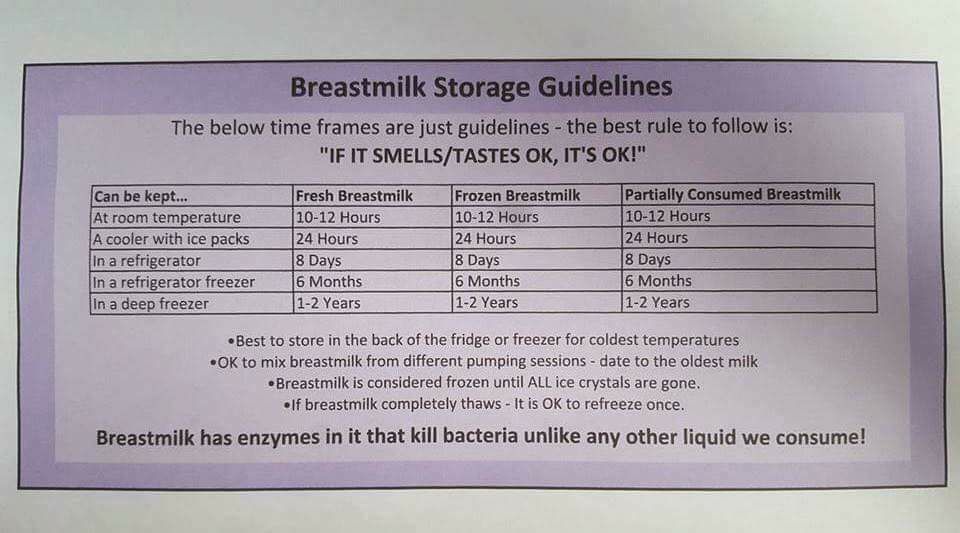
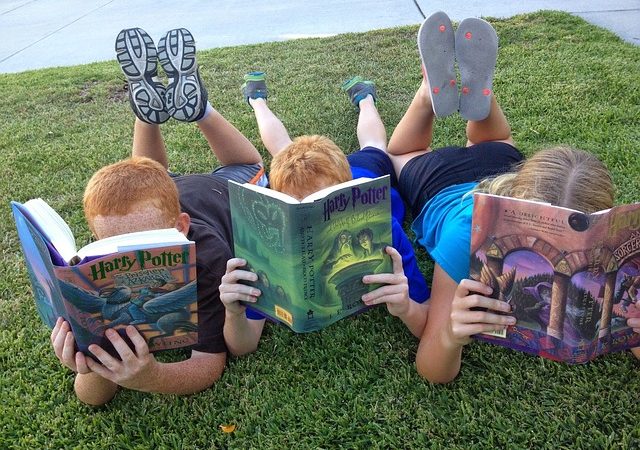
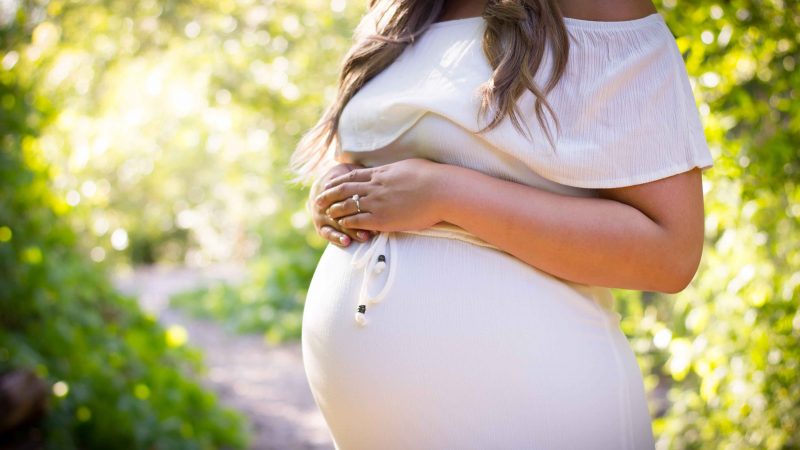
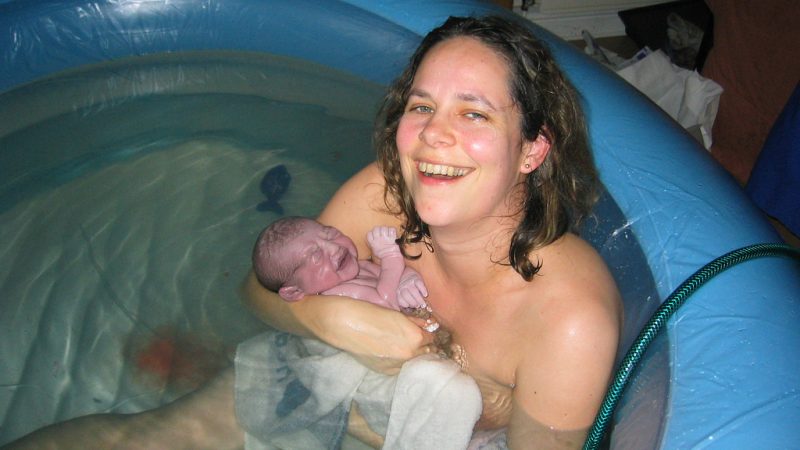
I love any research on Breastmilk
When collecting samples of milk will you be getting samples between feeds or at begining and end of feeds as milk composition changes during a feed?
Also Amy Brown at Swansea University maybe good contact
Hi Autumn, thanks for your comment. We have no idea yet! Over the next few weeks we’re going to look in more detail at the kind of experiments we could do, and decide which one we want to persue. Watch this space …
To find out where one of our breastfeeding groups is at see http://parentingsciencegang.org.uk/news/experiment-update-democracy-in-action-so-many-questions-bobab-group/
If you want to keep up to date with the project, you could Like our Facebook page here https://www.facebook.com/parentingsciencegang/
Or sign up for our monthly newsletter here http://eepurl.com/cI2asH
Totally agree about Amy, she knows an awful lot about breastfeeding research. In fact, we’ve roped her in already! (She was our first Expert in Residence).
Have you got any more sugestions for fantastic BFing experts by any chance?